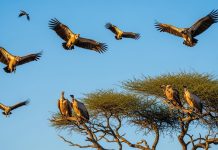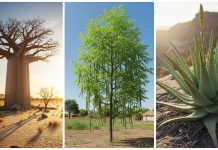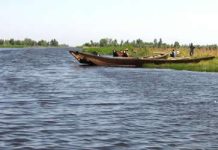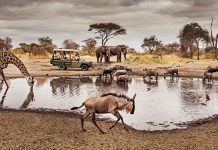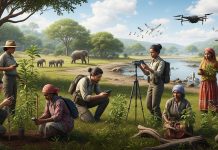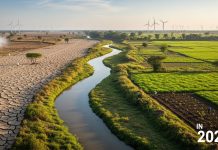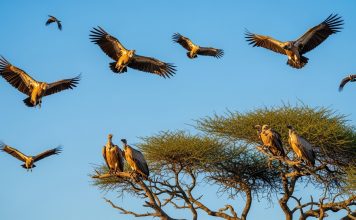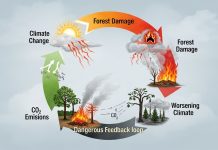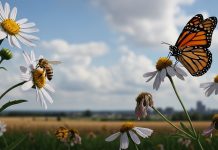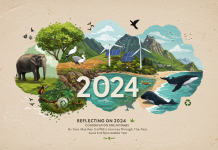Nigeria’s Conservation Revolution
When you think about wildlife conservation in Nigeria, the first image that probably comes to mind is a ranger in the forest, trekking through...
Nigeria’s Dwindling Elephant Population Sparks Urgent Conservation Call
As the world marked World Elephant Day on August 12, 2025, with the theme "Bringing the world together to help elephants," wildlife conservationists in...
Why Nigeria’s Wildlife Needs Our Voice Now
Across Nigeria’s rivers, rainforests, grasslands, and skies, a quiet crisis is emerging, and most people don’t even notice. There are no headlines, no protests....
Mangrove
Mangroves are special shrubs or trees found in coastal areas where salt and freshwater meet. These plants are uniquely adapted to survive in harsh...
Carbon in the Forest, Friend or Foe?
When people hear the word “carbon,” the first thought that comes to mind is usually “pollution” or “climate change.” However, carbon plays a crucial...
How NFSS Could Be a Game-Changer for Conservation and Security
Nigeria's richly biodiverse forests are under increasing threat from a range of illegal activities, including logging, poaching, and agricultural encroachment. These activities not only...
Pollinators in Peril: Bees, Butterflies, and the Food Chain
When was the last time you saw a butterfly out in the open, fluttering around flowers, or resting quietly in the sun? What about...
How to Start a Backyard Garden that Fights Climate Change
Do you have a backyard, balcony, or even a small open space in your compound? You can use it to help the planet. Climate...
Are There Wild Rabbits in Nigeria? The Truth About Hares, Rabbits, and a Common...
A lively debate recently sparked online: Are there wild rabbits in Nigeria? The conversation quickly caught fire, especially after a renowned conservationist firmly claimed...
Reflecting on 2024: ConservationsNG’s Journey Through the Year
As 2024 comes to a close, we at ConservationsNG want to take a moment to reflect on an incredible year of raising awareness, sharing...


